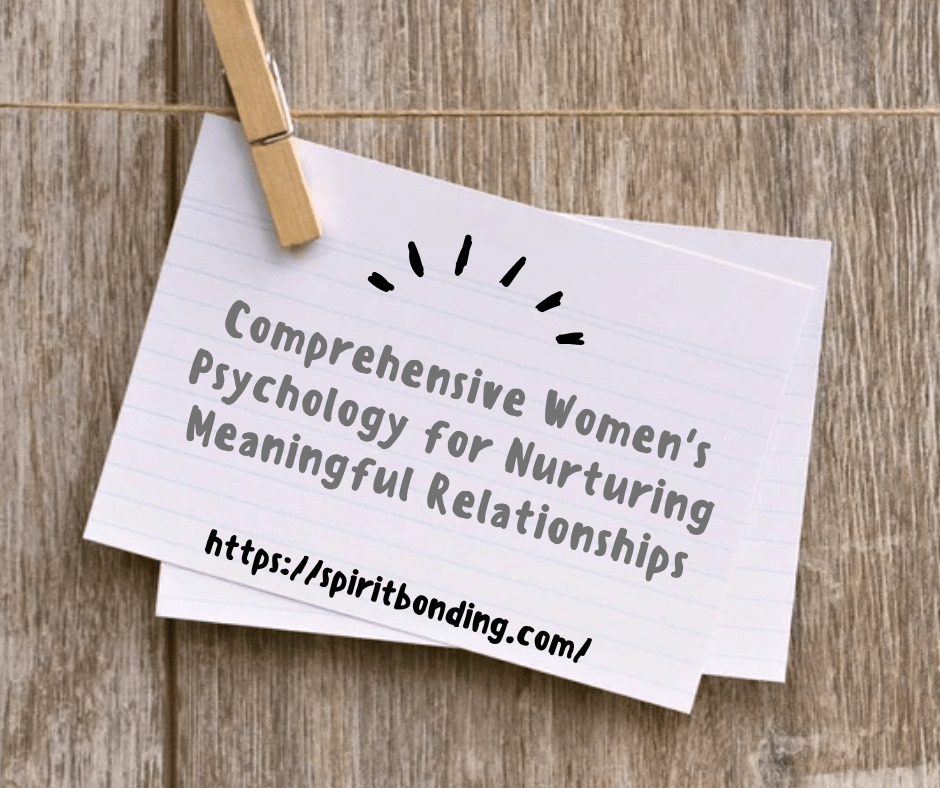Flirting is an intriguing and multifaceted social behavior. Whether it’s a playful wink, a teasing comment, or a light touch, flirting can serve various purposes in human interactions. Understanding these motives can provide valuable insights into social and romantic interactions, helping you navigate your relationships more effectively. Here are the six primary reasons people flirt, each explained in detail:

1. Sexual Attraction
Sexual Attraction is perhaps the most obvious and straightforward reason for flirting. It involves expressing and exploring romantic or sexual interest in another person. This type of flirting is characterized by direct and intentional signals aimed at capturing the interest of the other person.
- Direct Signals: These include physical gestures like touching, maintaining prolonged eye contact, and leaning in close during conversation. Verbal cues might involve compliments about appearance or expressions of desire.
- Intentions: The primary intention behind this kind of flirting is to initiate romantic or sexual relationships. It often serves as a precursor to more intimate interactions.
- Psychological Aspects: Flirting due to sexual attraction often involves a heightened state of arousal and excitement, driven by the anticipation of potential romantic or sexual outcomes.
2. Relationship Development
Relationship Development Flirting is used to build or deepen an existing relationship. This form of flirting helps create a sense of intimacy and can lead to stronger emotional bonds between individuals.
- Building Intimacy: Flirting in this context involves more subtle and ongoing gestures that foster closeness and emotional connection. It might include affectionate gestures, thoughtful compliments, and sharing personal stories.
- Strengthening Bonds: This type of flirting is essential for maintaining the spark in long-term relationships. It keeps the relationship dynamic and reinforces the emotional connection between partners.
- Psychological Benefits: Flirting to develop a relationship can increase feelings of security and attachment, making partners feel more valued and understood.
3. Fun
Fun flirting is about enjoyment and playfulness. Sometimes, people flirt simply for the entertainment value, without any serious intent behind it.
- Playful Nature: This type of flirting is lighthearted and fun, often characterized by joking, teasing, and playful banter. It’s about enjoying the moment and the interaction itself.
- Social Interaction: Fun flirting can enhance social interactions by making them more lively and engaging. It can break the ice in new social settings and make people feel more comfortable.
- Psychological Impact: Engaging in fun flirting can elevate mood and reduce stress. It provides a sense of social connection and can boost overall happiness.
4. Exploration
Exploration flirting serves as a way to gauge someone’s interest or feelings. It can be a low-risk method to determine if there is mutual attraction or potential for a relationship.
- Testing the Waters: Through flirtation, individuals can explore the boundaries of their interactions and assess the other person’s receptiveness. This might involve subtle cues like light touching, mild teasing, or playful compliments.
- Low-Risk Approach: Exploration flirting allows individuals to express interest without committing fully or risking rejection outright. It helps in determining if there is a mutual interest before taking further steps.
- Psychological Exploration: This type of flirting can satisfy curiosity and help individuals understand their own feelings and the feelings of others. It provides a safe way to explore potential romantic connections.
5. Esteem
Esteem flirting is about boosting one’s self-esteem. Receiving positive reactions from others can make a person feel more attractive and confident.
- Seeking Validation: Esteem flirting often involves seeking affirmation and positive feedback. Compliments, appreciative looks, and positive attention can enhance one’s self-image.
- Confidence Boost: Flirting that boosts self-esteem can make individuals feel more desirable and self-assured. This increased confidence can spill over into other areas of life, improving overall well-being.
- Psychological Reinforcement: Engaging in esteem flirting reinforces a positive self-concept. It can help individuals feel more valued and respected, contributing to a healthier self-esteem.
READ MORE Top 11 Mistakes Women Make In Relationships That Ruin Everything
6. Instrumental
Instrumental flirting is used as a means to an end. This can include getting someone to do a favor, gaining a benefit, or achieving a particular goal.
- Strategic Use: Instrumental flirting is strategic, with flirtatious behavior used to influence the other person to achieve a specific outcome. This might involve compliments, playful teasing, or other forms of positive reinforcement to gain a desired response.
- Achieving Goals: Common goals might include getting help with a task, gaining social or professional advantages, or obtaining material benefits. The flirtation is a tool to facilitate these outcomes.
- Ethical Considerations: While instrumental flirting can be effective, it raises moral questions about manipulation and honesty. It’s essential to consider the potential impact on the other person and the relationship dynamics.
Understanding Flirting in Context
Each of these reasons for flirting can influence the way a person flirts and the intentions behind their actions. Understanding these motives can provide insight into social and romantic interactions, allowing you to interpret the intentions of others more accurately and respond appropriately. Here are some additional considerations:
- Cultural Influences: The way people flirt and the reasons behind it can vary significantly across different cultures. Understanding cultural norms and expectations can help in navigating flirting behaviors more effectively.
- Gender Differences: There may be gender differences in flirting styles and motivations. Being aware of these differences can enhance communication and understanding in social and romantic interactions.
- Personal Boundaries: Respecting personal boundaries is crucial in any form of flirting. It’s important to be mindful of the other person’s comfort level and to ensure that flirtatious behavior is welcome and appropriate.
Conclusion
Flirting is a complex and multifaceted behavior driven by various motives. Whether it’s for sexual attraction, relationship development, fun, exploration, esteem, or instrumental purposes, understanding the reasons behind flirting can provide valuable insights into human interactions. By recognizing these different motives, you can better navigate your own social and romantic relationships, as well as interpret the intentions of others more accurately. This awareness can lead to healthier and more fulfilling connections with those around you.









Pingback: Find Your Perfect Match With Love Spell
Pingback: 11-scientific-proven-ways-to-attract-him